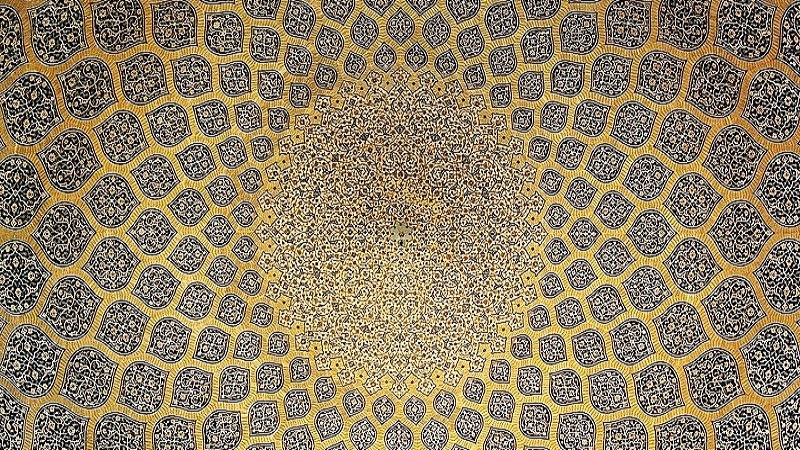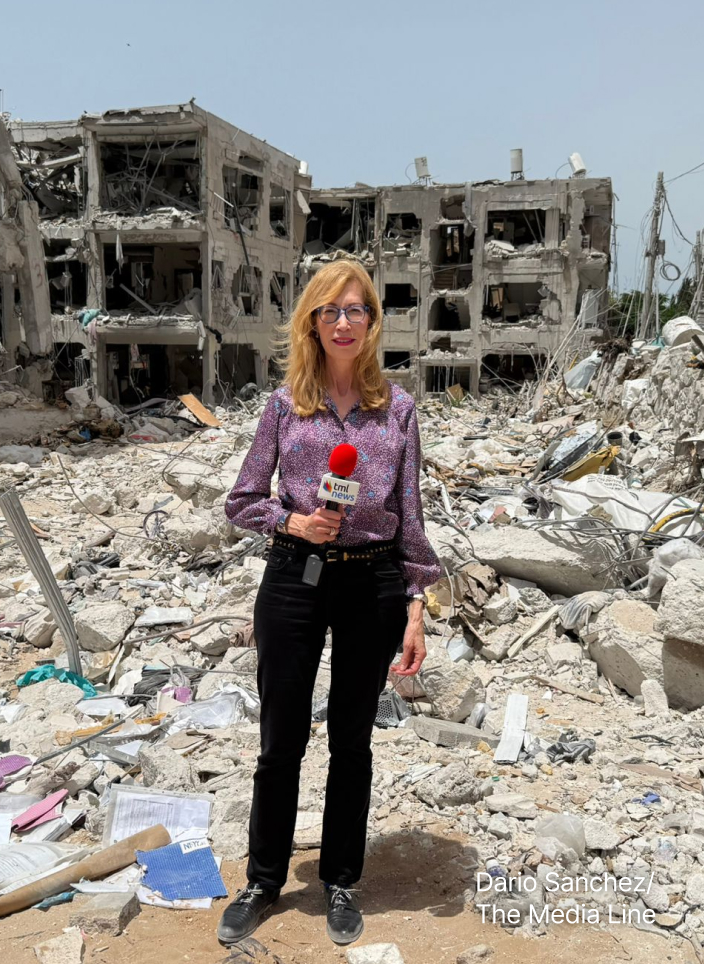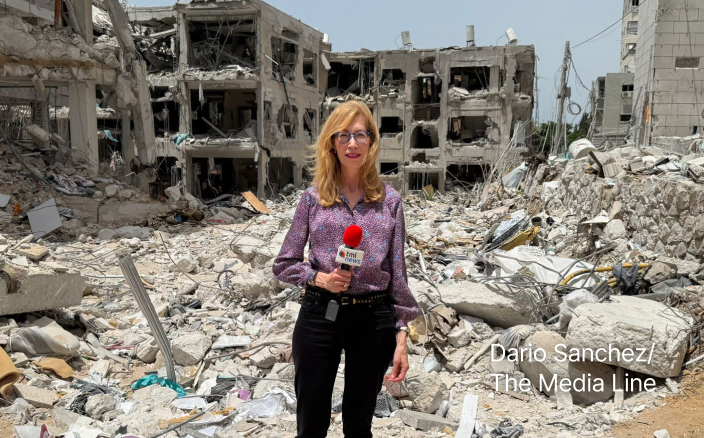Evolution of the City | Isfahan
Tue, 7 Dec 2021 17:00 to 18:30 Greenwich Mean Time (UTC±0) | 20:30 to 22:00 Iran Standard Time (UTC+3:30)
Register here.
The third in the series focuses on the evolution of the historic city of Isfahan, along the Silk Roads in Iran.
Urban Design Group in collaboration with Silk Cities
The third in the series focuses on the evolution of the historic city of Isfahan, along the Silk Roads in Iran.
By comparing cities across the world, we can understand so much more about the areas where we live and work, and the people who live within them.
Isfahan is one of the world’s most astonishing cities. In former times, it was its largest city, and even today Isfahan city centre is thought to be currently the world’s fifth-largest shopping mall. The city is at least 3,000 years old, and the influence of many different cultures and religions including Hellenistic, Sassanian, Zoroastrian, Persian and Islamic can be seen in its urbanism, architecture and art. The city today has a population of 2.4 million, and retains much of its past glory while dealing with the challenges and competing forces of the 21st-century global economy and culture.
Welcome
Dr Husam AlWaer UDG Exec | University of Dundee
Chair
Give the gift of hope
We practice what we preach:
accurate, fearless journalism. But we can't do it alone.
- On the ground in Gaza, Syria, Israel, Egypt, Pakistan, and more
- Our program trained more than 100 journalists
- Calling out fake news and reporting real facts
- On the ground in Gaza, Syria, Israel, Egypt, Pakistan, and more
- Our program trained more than 100 journalists
- Calling out fake news and reporting real facts
Join us.
Support The Media Line. Save democracy.
Farnaz Arefian Silk Cities, Founder
Speakers
ISFAHAN: FACES OF RESILIENCE AGAINST CHANGING SPATIALITY
Prof Zahra Ahari Shahid Beheshti University, Iran
Isfahan is a living city with a long history from the pre-Islamic period. Located in the middle of the semi-arid zone of the Iranian plateau, it has been in the crossroad linking east-west and north-south historic trade routes. Throughout its long history, Isfahan has been prone to various hazards and major socio-political changes over time.
The first presentation will provide an overview to the formation of the city and highlight some critical moments of Isfahan’s urban history, examining how the vision of resilience colours the story of choosing the location of Isfahan and can be further traced in its history before the city flourished in the Safavid period.
Then, it will argue that during the turbulent times from the city’s decline after the Shah Abbas I era until Pahlavi’s reign, constructing public buildings and spaces helped the city sustain its urban life while its spatial qualities changed. Interventions in different scales and directions, top-down, middle-up, and down-top, contributed to forming a sense of community and place attachment for various social groups and classes.
Historic resilience of Isfahan is evident in the preservation of its urban life, linking its past with its future through Isfahan’s long lasting history. Another sign of the city’s resilience resides in deep collective memories of Isfahan’s residents, manifesting itself in itineraries and numerous writings from different periods.
PLANNING A TETRAPOLIS, INHABITING A COSMOPOLIS
Urban Form, Civic Communities, and Communal Rituals in Safavid Isfahan
Dr Farshid Emami Department of Art History, Rice University, US
In 1617, the Italian traveler Pietro della Valle described the new developments in Isfahan as forming a ‘tetrapolis of four cities’. The tetrapolis, he noted, had a cross-axial plan, divided into four quarters by the Chaharbagh (a 4km long, tree-lined promenade) and the Zāyande-rūd (the river that flows in the south of the city). Planned in the southern environs of the longstanding walled town, these quarters were constructed as part of the massive building campaigns that were implemented in Isfahan in the seventeenth century, when the city served as the capital of the Safavid Empire (1501-1722). Drawing on Isfahan’s historic stature and its ecological potential for sustaining a large populace, the urban design and expansion of the city turned it into one of the foremost metropolises of the early modern world.
This presentation explores the planning of the Safavid tetrapolis as a process that was intimately intertwined with the creation of a cosmopolitan capital city and a dynamic social environment. Settled by diverse communities and laid out on a rectilinear pattern, Isfahan’s new neighbourhoods engendered novel ways of inhabiting and experiencing the city. The sociocultural meaning and historical characters of these seventeenth-century developments can only be understood through a study of the lived experiences and communal rituals that they framed and nurtured.
CONTEMPORARY ISFAHAN
Dr Eisa Esfanjari Art University of Isfahan, Iran
Backed by its historic resilience and urban heritage, Isfahan has been facing ever-increasing competing forces and pressures of urban transformation over the last half-century. The third presentation will discuss the state of change and resilience in historic Isfahan, what features have been changed over time and what elements have been sustained in the current urban landscape. Reflecting various urban scales, the discussion will address four levels: the system, the entire historic urban landscape, entitled Manzomih in Persian; the centre, the sun of the system or the urban core often fortified, the sector, neighbourhoods and urban quarters, so called Mahalih, and the cell, the single building and monument.
This historic city has witnessed contradictory approaches in recent decades. From one side, the entire urban system has been valued hardly at all and parts of the centre and the sectors have been damaged deliberately. From the other side, there are also examples of individual buildings, urban elements and monuments retained in the present.
Photo from Phillip Maiwald: the dome ceiling of Lotfollah Mosque Isfahan



